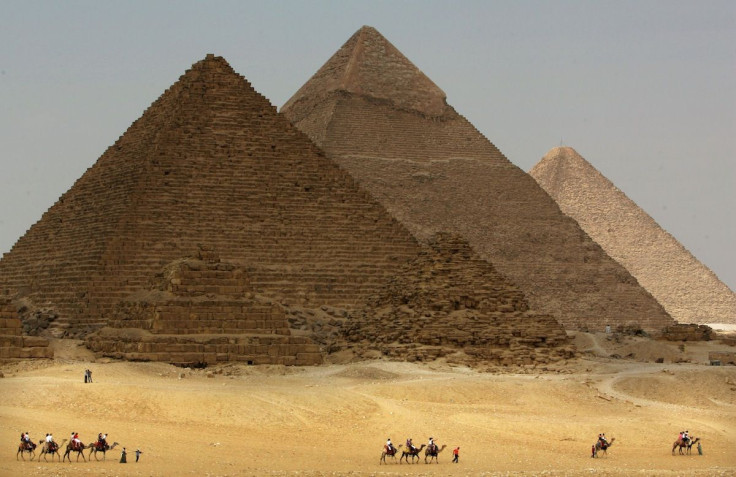Wild Birds Mummified, Sacrificed To Ancient Egyptian Gods
KEY POINTS
- Mummifying and sacrificing animals such as birds were common in ancient Egypt
- Whether the sacrificed birds were bred or hunted has been a matter of debate
- Researchers' analysis revealed that the birds were likely wild, not bred
- The practice shows early evidence of human pressure on bird populations
Did Egyptians breed birds to be offered as sacrifices or did they just capture them in the wild? A new study sheds light on an important part of the ancient civilization.
It was only in recent weeks that multiple 2,500-year-old sarcophagi were discovered in the Saqqara necropolis about 32 kilometers south of Cairo and now, a team of researchers is shedding light into another important aspect of ancient Egyptian culture: bird sacrifice.
Mummified birds were typically sacrificed in a religious ritual to the Egyptian gods, particularly Horus, who was depicted as a falcon, and Thoth, who was depicted as an ibis.
"Millions of mummified birds serving for religious purpose have been discovered from archaeological sites along the Nile Valley of Egypt, in majority ibises," the researchers wrote.
In the new study published in the journal Scientific Reports, a team of researchers sought to find an answer to the debate on whether the Egyptian sacrifices of mummified birds were specifically raised or they were hunted. Although it seems like a simple matter, how the birds were gathered is actually an important matter because if they were bred, it could have had a significant impact on the economy and supply. But if the animals were hunted, then it would have an impact on the creatures' population.
#Communiqué 🗞️ | Des scientifiques du @CNRS, de l'@UnivLyon1 et du @c2rmf ont effectué une batterie d’analyses géochimiques sur des momies conservées au @mdc_confluences de Lyon. D’après leurs résultats, il s’agissait d’oiseaux sauvages.
— CNRS 🌍 (@CNRS) September 22, 2020
➡️ https://t.co/nUSlLCwjfN pic.twitter.com/Xi3QSEtwbU
To find out, the team collected fragments of bones, feathers and embalming strips from 20 ibis and birds of prey from the collections at Musée des Confluences in Lyon to analyze the diets of the animals and to date their tissues.
As the news release from the French National Centre for Scientific Research (CNRS) explains, the reason why they analyzed the diets of the creatures is that if their diet is more similar, then it would suggest that they were bred because their meals were either specifically produced or came from the coexisting humans. But if the diets were varied, then it could mean that the animals were hunted because they sourced their own food themselves.
Their analysis revealed that the diets of the birds were varied, with the birds of prey even having "exotic isotopic values" consistent with migratory behavior.
"We, therefore, propose that most mummified ibises and all the birds of prey analyzed here were wild animals hunted for religious practice," the researchers wrote.
This suggests that the birds that ended up being mummified were likely hunted and not bred, making the practice early evidence of the ecological pressure that humans have placed on bird populations.
"Indeed, the Egyptians probably exerted a significant ecological pressure on wild bird populations long before the decline in avifauna observed today," the CNRS news release writes.
Today, BirdLife International notes that human actions are responsible for most of the threats to birds, whether the pressure is from agriculture, forestry, habitat degradation or, in the case of marine birds, accidental bycatch. And in the long-run, it is human-caused climate change that may be the biggest threat to birds.

© Copyright IBTimes 2024. All rights reserved.






















